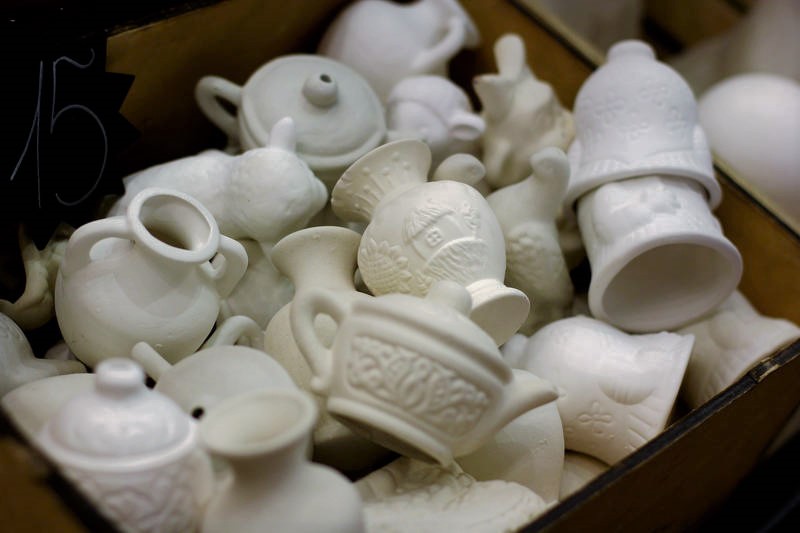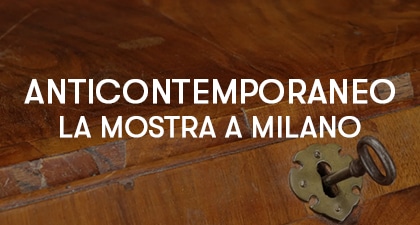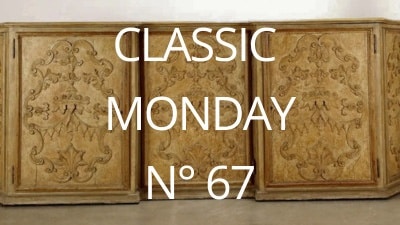Porcelain: the origin (First Part)

Porcelain belongs to the ceramic family, that is, products made of clay, shaped by hand or mechanically, and then fired. In terms of elegance, beauty, and delicacy, porcelain has no rivals.
To this day, it is likely that each of us owns at least one object made from this beautiful material, whether it is an old tea set from an aunt, a tacky figurine, or, for the luckier ones, a beautiful finely decorated vase. However, not everyone knows that until a few centuries ago, porcelain in Europe was a luxury item, reserved for the most influential rulers and the wealthiest families.
How can we explain the high prestige enjoyed by this material, even referred to as “white gold”?

Porcelain is first mentioned in writing in Marco Polo’s “The Travels.” During his trips to China, the Venetian merchant encountered a large number of objects made from this very white, delicate, almost translucent yet at the same time tough and durable material.
In his writings, Marco Polo referred to it as “porcelain,” a term used at the time to describe a type of mother-of-pearl shell. He likely gave it this name due to the similarity between the two materials. In China, this type of tableware had been in use for centuries, at least since the 600s AD. In the West, on the other hand, nothing like it had ever been seen.
With the intensification of trade with the Far East, porcelain, along with other exotic novelties like spices and silk, became a luxury item, a true object of desire. Especially since this material could not be replicated in Europe in any way (despite numerous attempts). The Chinese, in fact, had kept the process of making porcelain a secret for generations, a secret that was only revealed in Europe in the 18th century, about five centuries after its famous mention in “The Travels.”
Alchemists, occultists, and scholars of all kinds struggled with the question of porcelain, losing untold amounts of money and time.
Often, kings funded these futile searches, hoping to discover how to imitate the beloved Chinese porcelain. Every attempt was in vain, and nothing more than soft-paste porcelain, technically imperfect, was produced.
Meanwhile, legends spread about this material, now surrounded by a mystical aura. It seemed that porcelain had magical powers, that it could protect against diseases and poisons.
There was a kernel of truth, as there is in every legend: the density of porcelain’s paste prevents bacteria from settling, and it seems that, when in contact with certain toxic alkaline substances, porcelain changes, revealing the presence of poison.
Finally, at the end of 1707, Ehrenfried Walther von Tschirnhaus and Johann Friedrich Böttger, supported by the Elector of Saxony, Frederick Augustus I, discovered the secret ingredient to make hard porcelain identical to Chinese porcelain: kaolin.

In Meissen, the site of the discovery, a factory was immediately established, where the alchemists were effectively prisoners. There was a fear that the secret process might spread, ending Meissen’s monopoly.
After a few years, the inevitable happened: two dissatisfied alchemists fled to Vienna, bringing the porcelain formula with them. From that moment on, porcelain factories began to proliferate across Europe; the secret was now public knowledge.
In the next article, we will review the most important European porcelain factories and the marks to recognize them.








